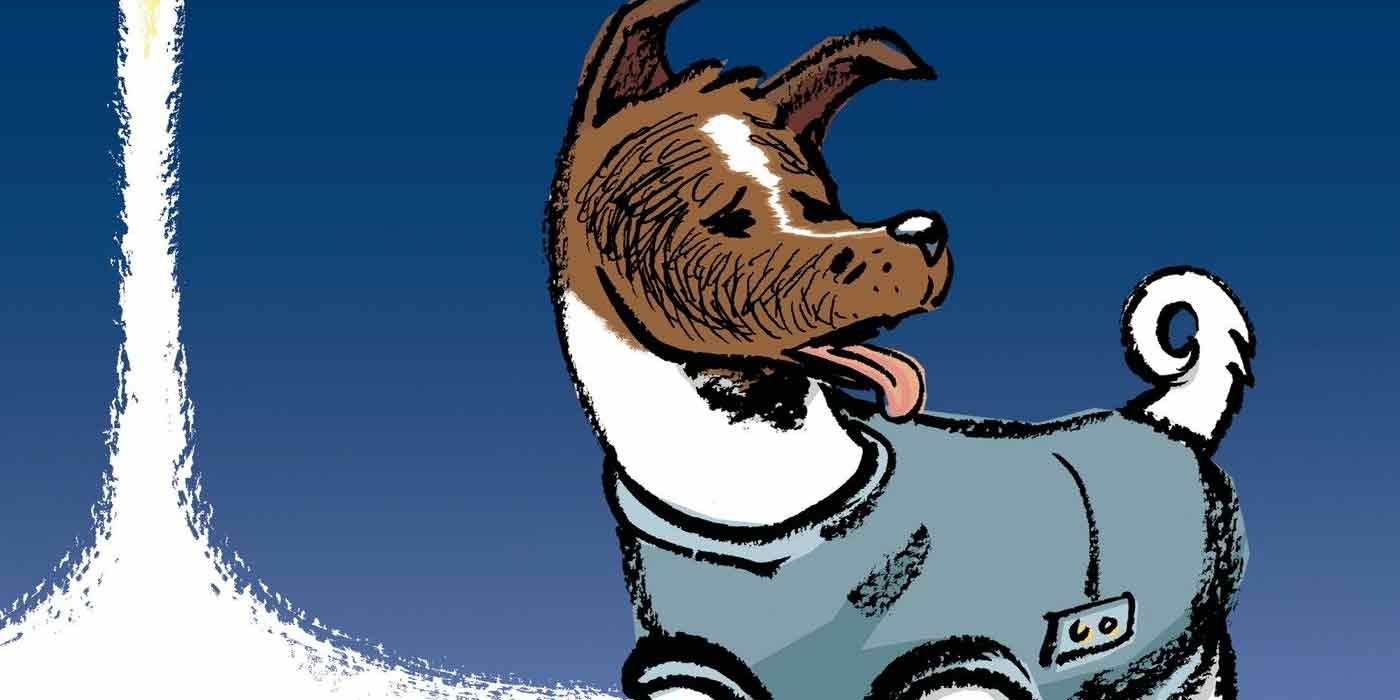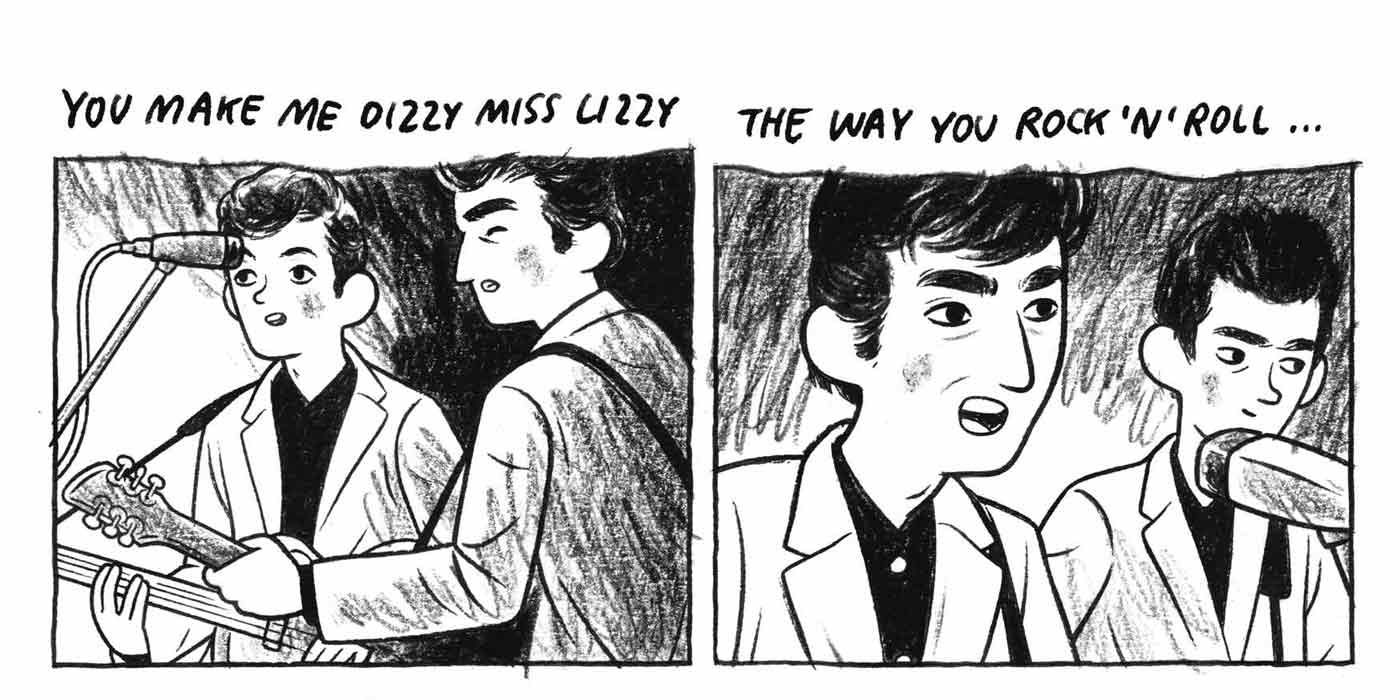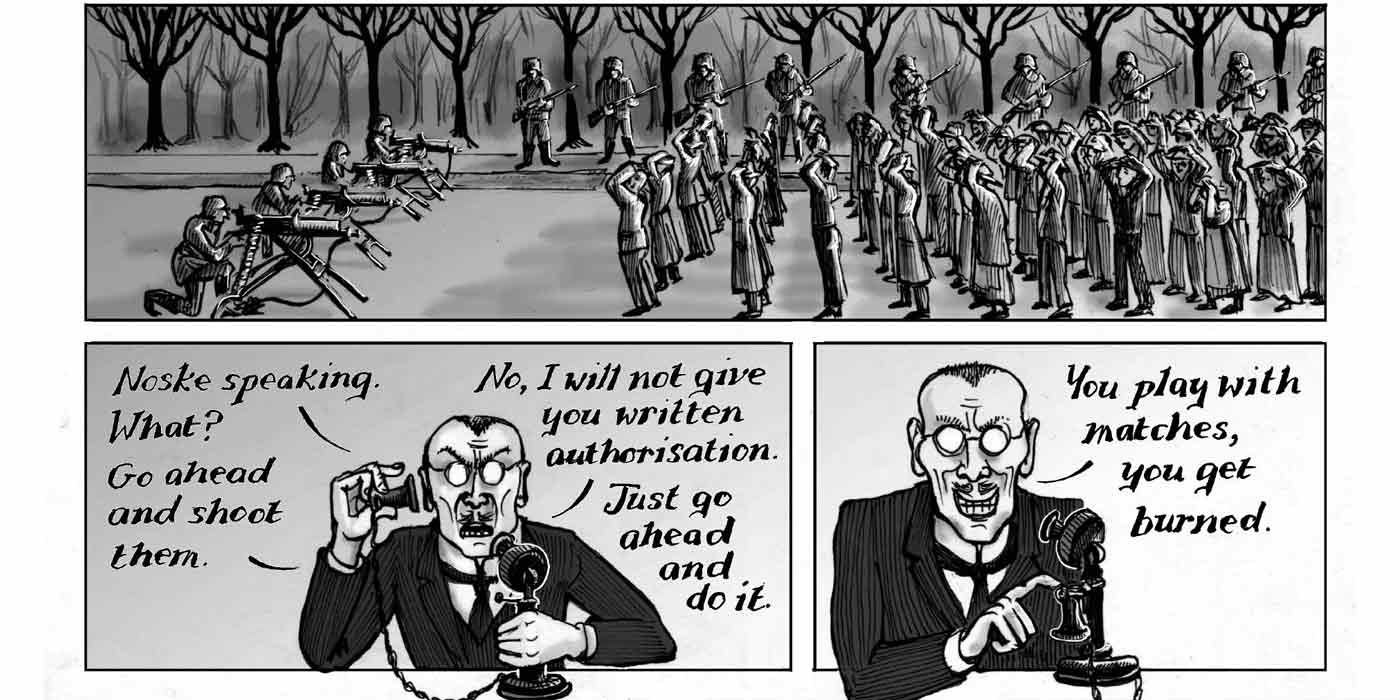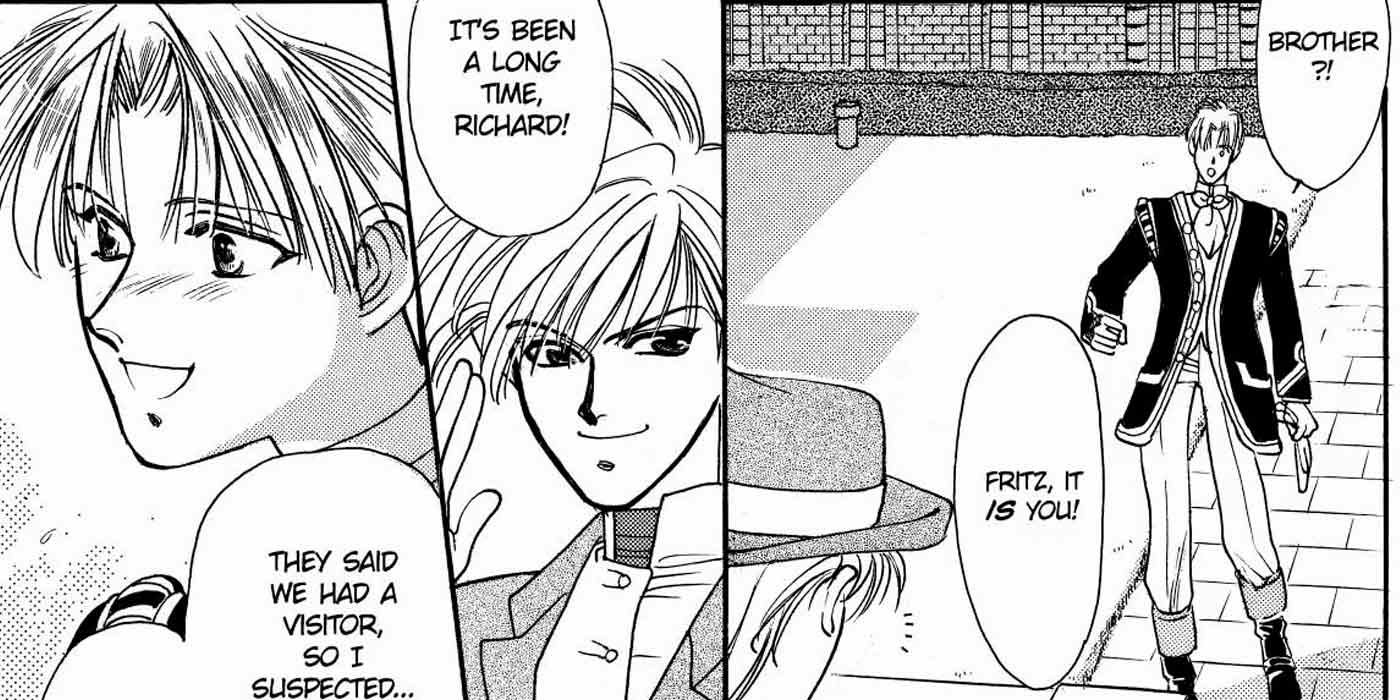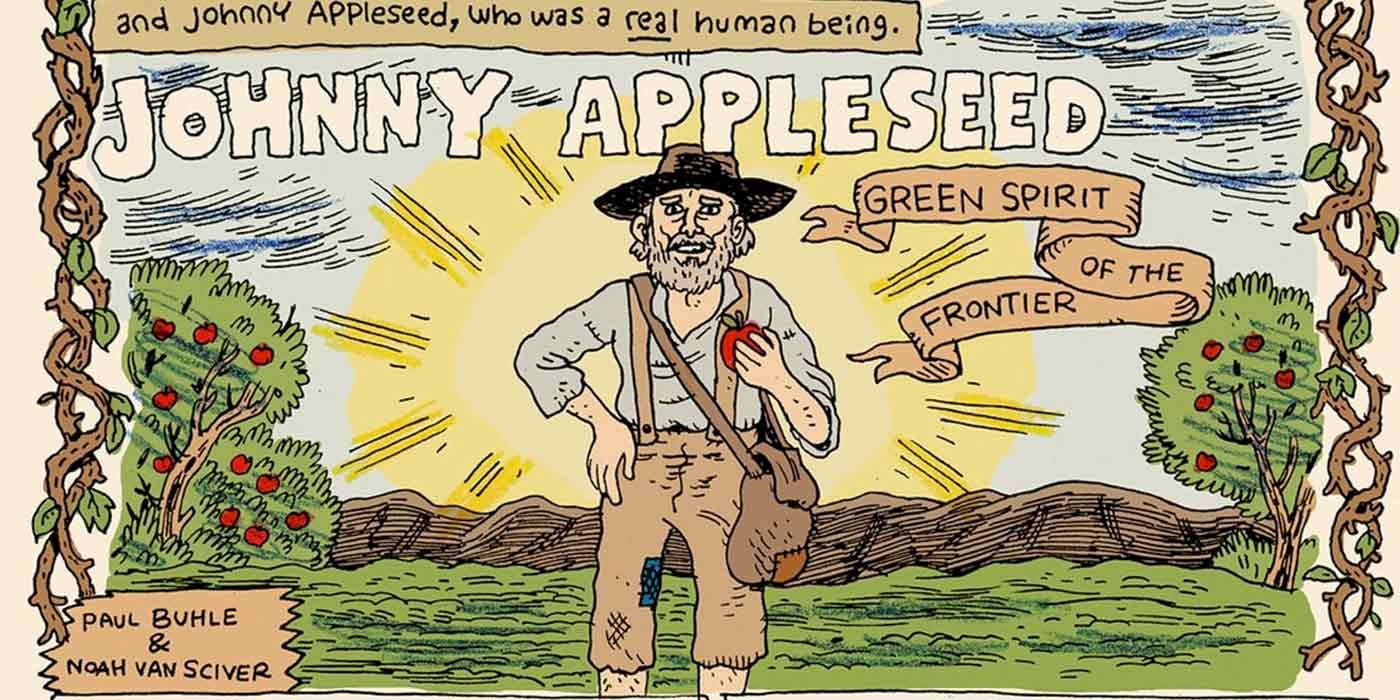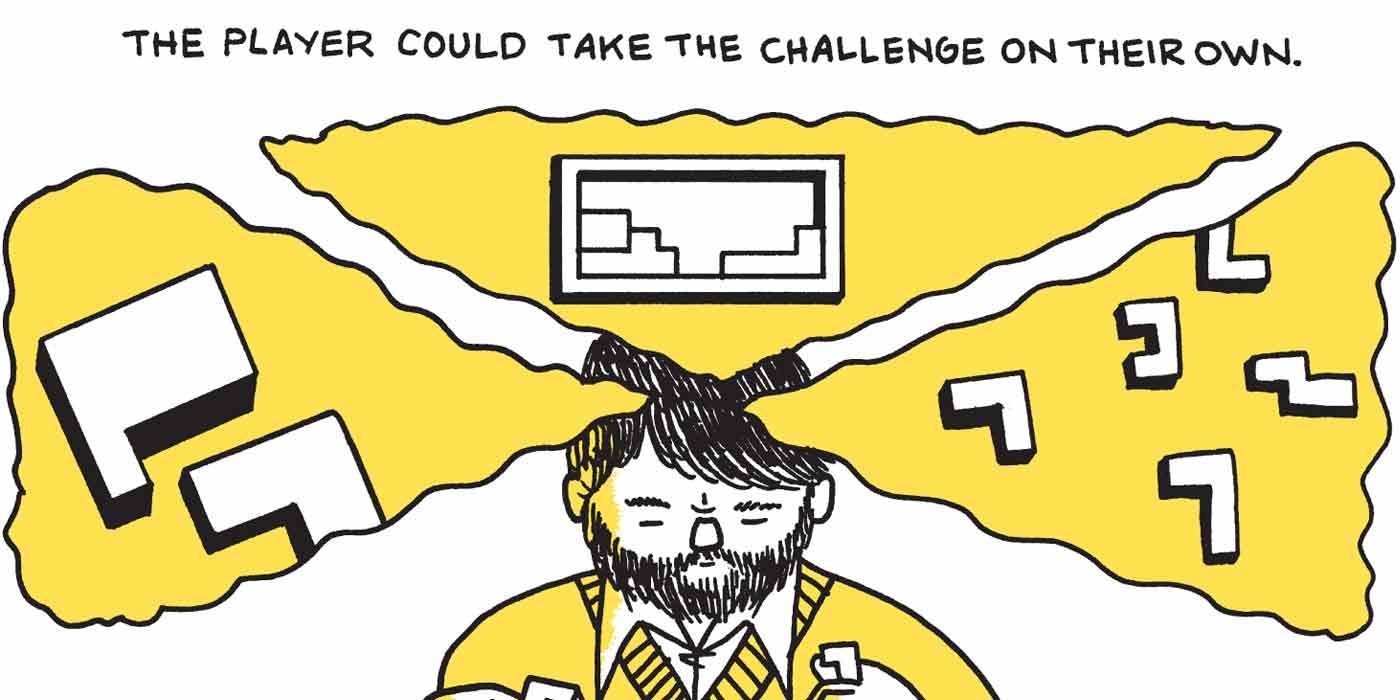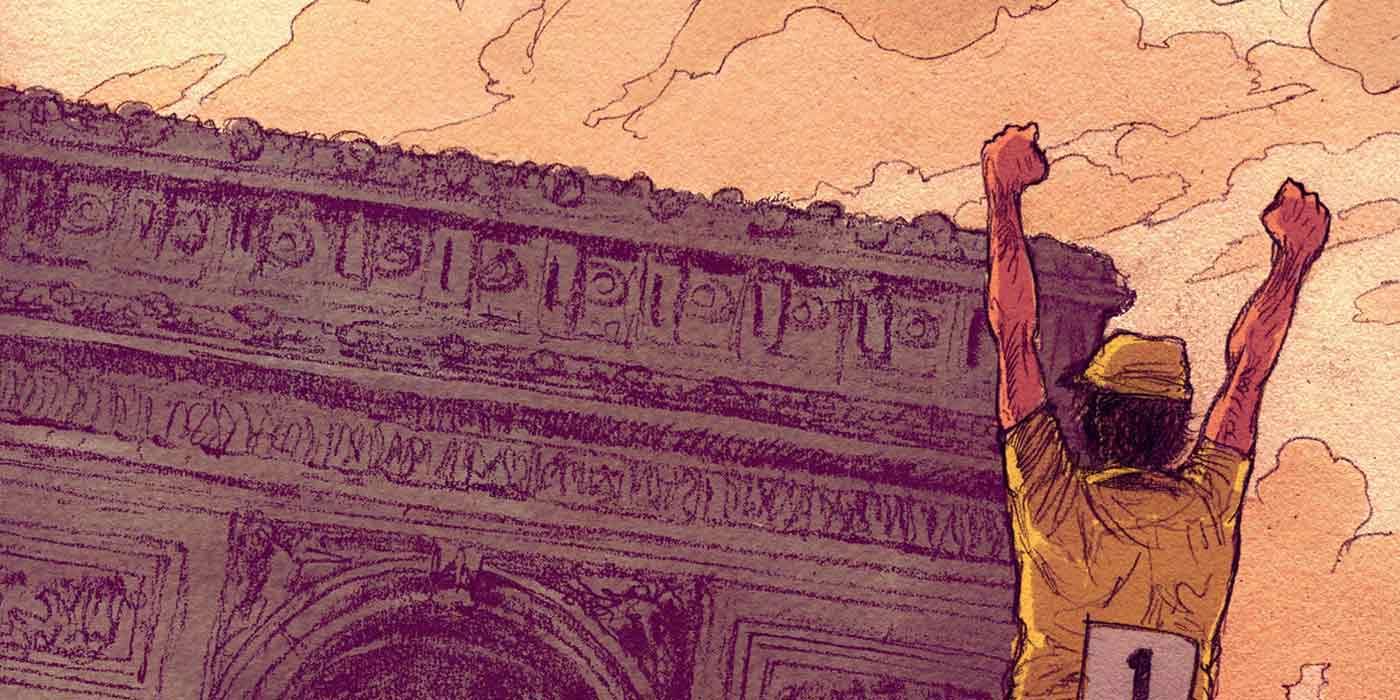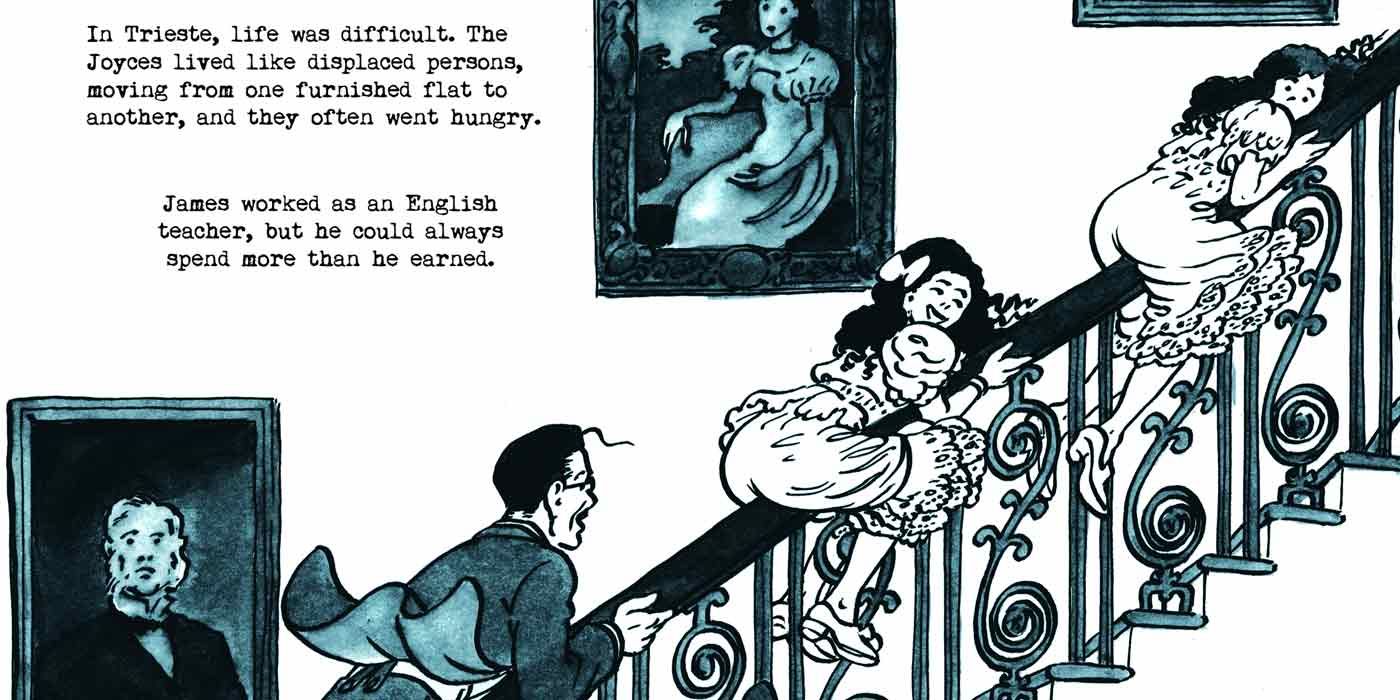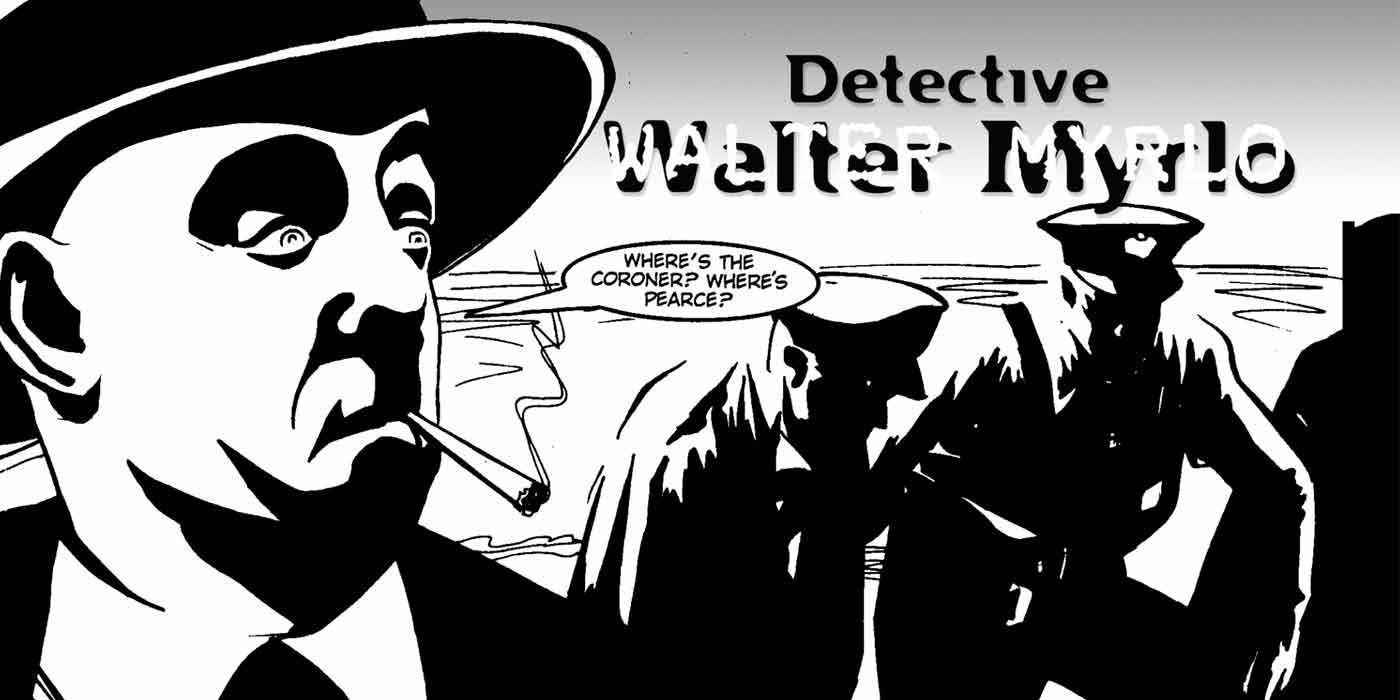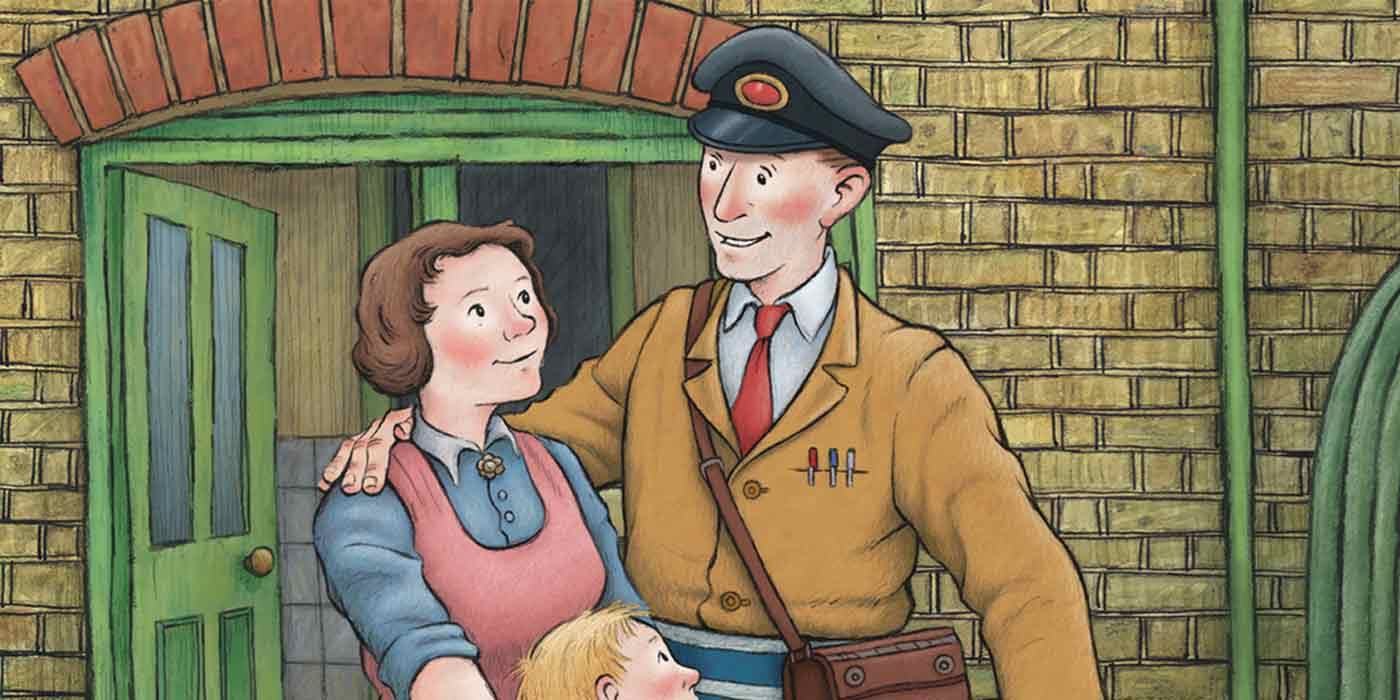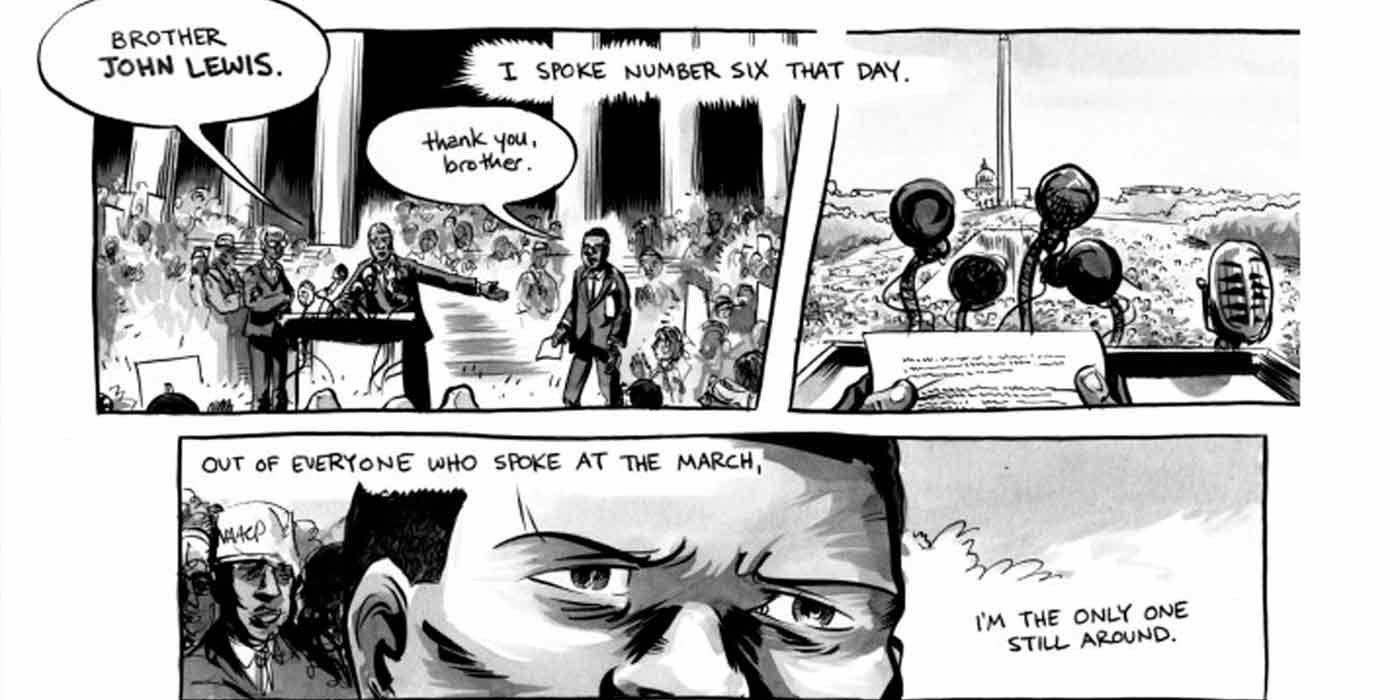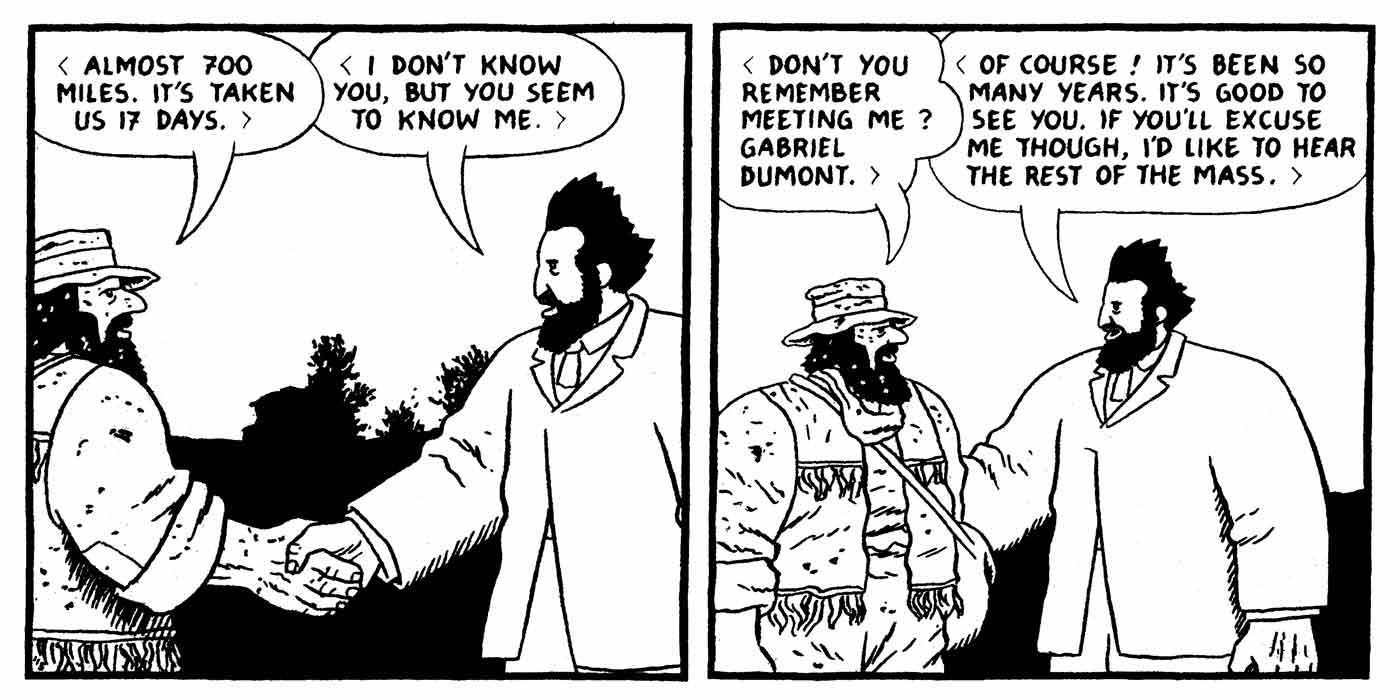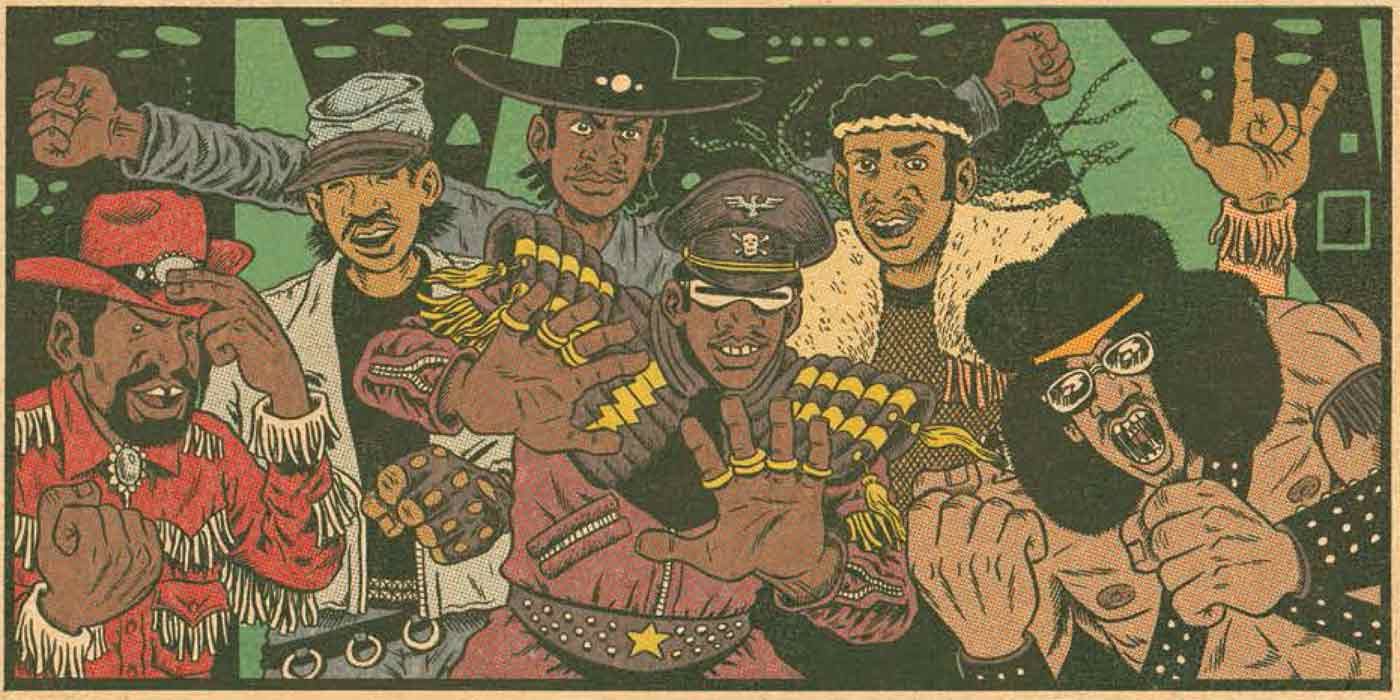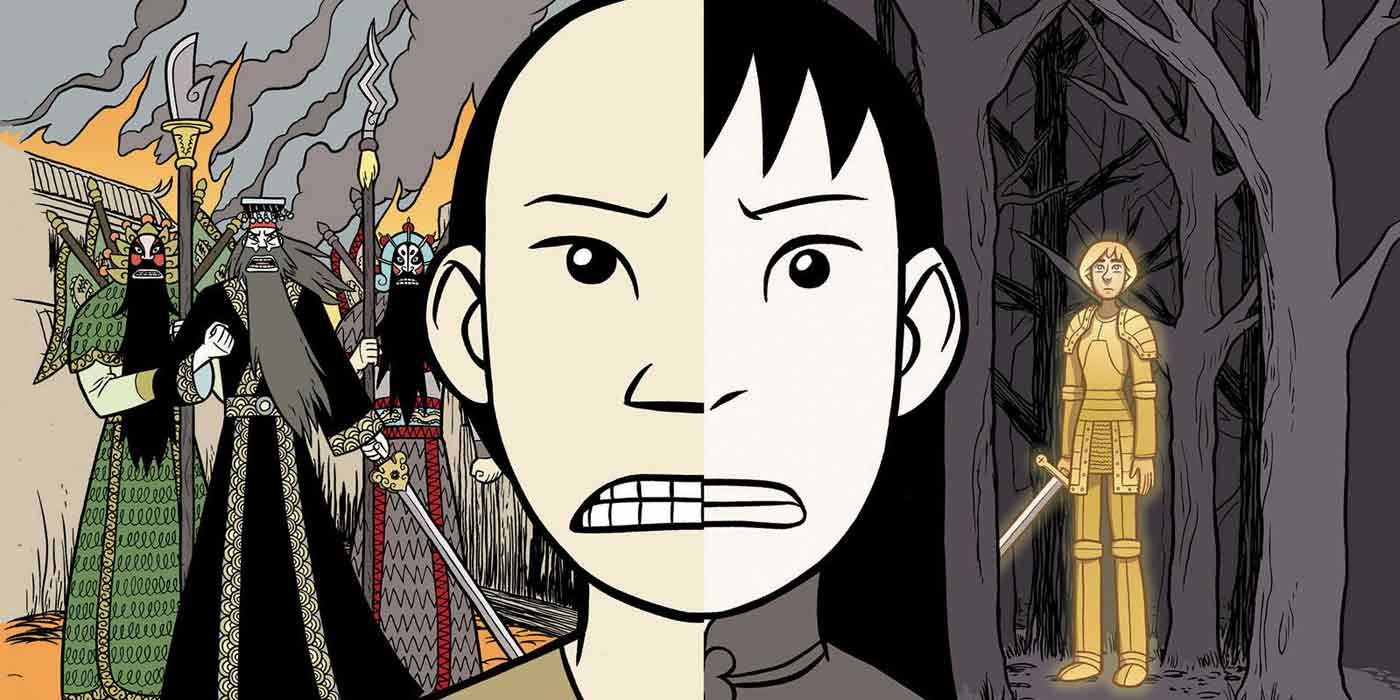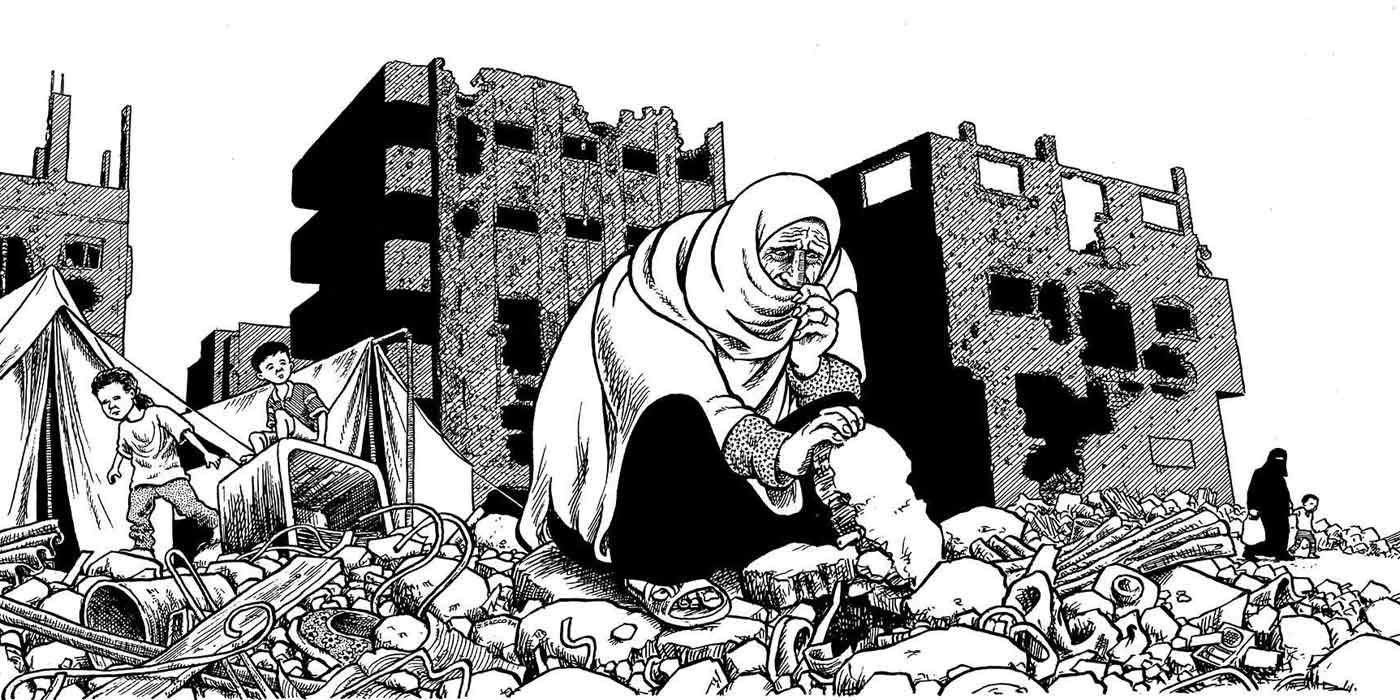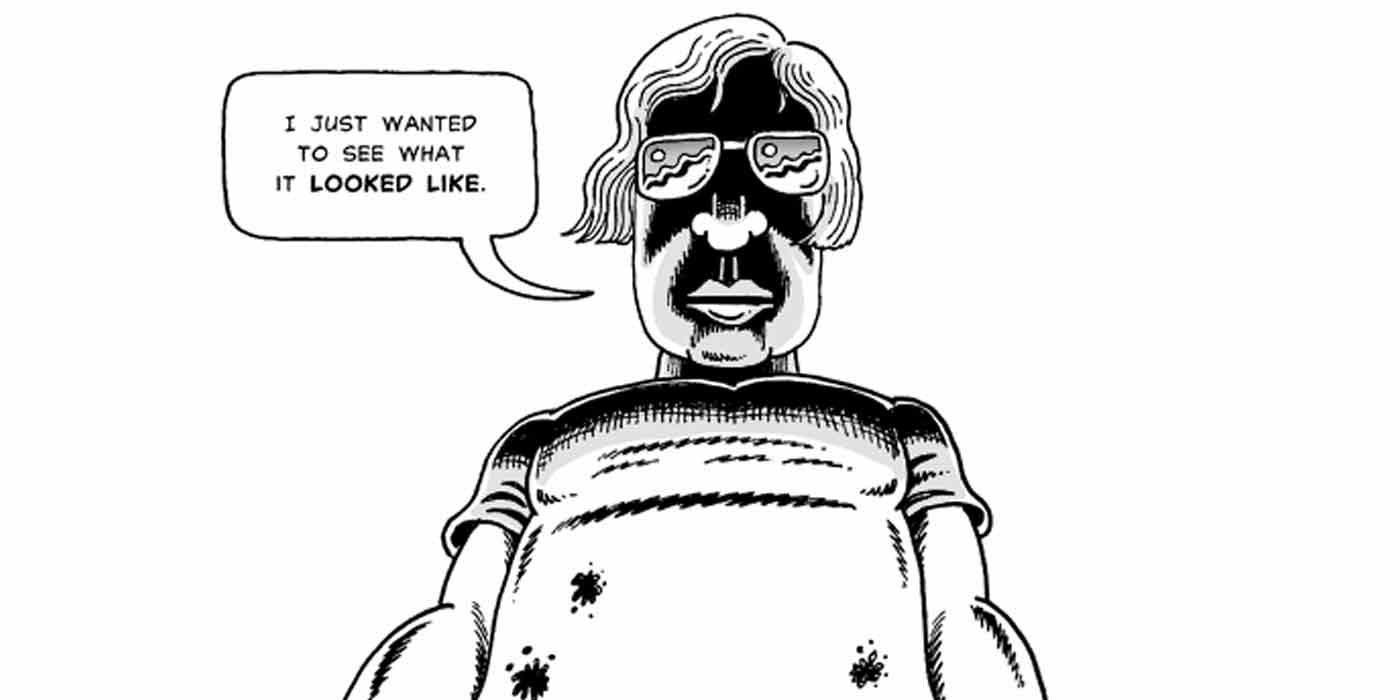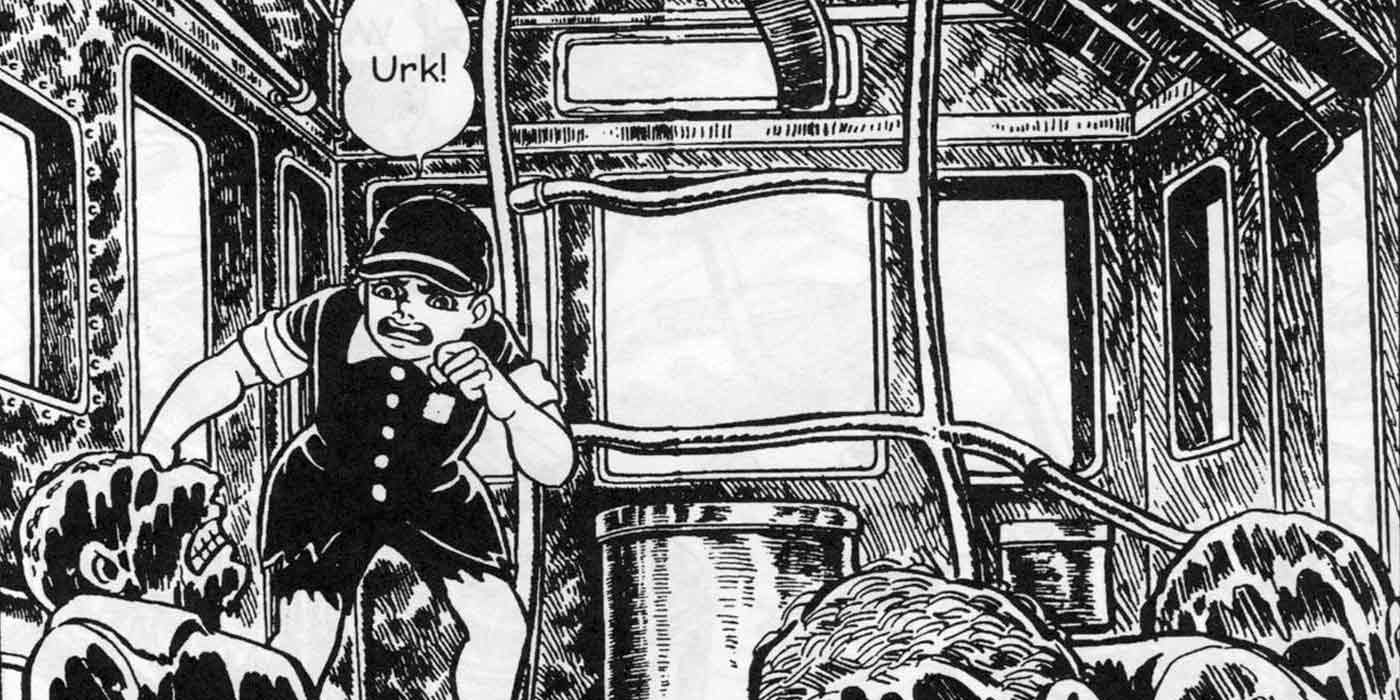Comic books have given us stories of people with supernatural abilities, cartoon animals going on epic adventures, sci-fi myths beyond your wildest imagination. Aren’t you a bit bored by all that?
There are no Last Sons of Krypton or Scrooge McDucks in our world (...so far as we know), but there are still plenty of amazing true-life stories that have been told through the medium of comics. Non-fiction graphic novels don’t all have to be autobiographical comics! Many of the best examples of modern journalism, biography and even genres like true crime can be found told through panels, word balloons and onomatopoeic sound effects.
RELATED: A History Of Unexpected Celebrity Comic Book Appearances
Plus they have the added bonus of being able to tell stories that are intimate, or worldwide epics, or about long-dead figures in long-dead countries. You can read graphic analyses of James Joyce, video games, or even just a working class couple from Britain. Here are 17 such amazing true life stories told in comics.
17 Baby's In Black
Forty years since they broke up, The Beatles still hold a fascination that no other pop band has managed. Just in the past few years, Ron Howard has directed a documentary about their early days, their erstwhile manager Brian Epstein had his life dramatized in the graphic novel “The Fifth Beatle,” and a spin-off entry in the “Rock Band” series of videogames boasted an all-Beatles catalog. Somewhat lost in that continuing onslaught was Arne Bellstorf’s “Baby’s In Black,” a very personal look at the Lads from Liverpool.
Based on extensive interviews with Astrid Kirchherr, Bellstorf's beautiful black-and-white comic reveals the untold story of the band’s original bassist. Stuart Sutcliffe chose to stay behind in Berlin with Kirchherr whilst the rest of the band went onto fame and fortune, before he died tragically young of a brain hemorrhage. As an insight into the beginnings of a band who would change the world, it’s unique. As a doomed love story, it’s totally captivating and heartbreaking thanks to Bellstorf’s lyrical pace and charcoal art.
16 Red Rosa
“Well-behaved women seldom make history”, or so the often-shared Laurel Thatcher Ulrich quote goes. By that token, Rosa Luxemburg should be one of the most historically important women of the 20th century. A Marxist scholar and socialist democrat in Germany, before the latter was co-opted by the Nazis, Luxemburg was an active political agitator who physically opposed the First World War. She eventually died in prison, executed for her part in fighting for a revolution that would not come to pass.
Before she met her untimely end, Luxemburg lived a surprising and dense life. “Red Rosa” is an appropriately dense book, with Kate Evans’ historical caricatures often fighting for space in panels amidst all the text. That’s only because there’s so much to tell: her original political thoughts and writings, her torrid love affairs, her passion to the physical world around her. “Red Rosa” is an inspiring tale of a unique mind.
15 Ludwig II
From “Buddha” to "Steve Jobs," manga creators have adapted any number of true-life stories to the printed page. One of the best, and certainly most popular, is “Ludwig II.” You Higuri’s three-volume series mainly focuses on the love life of the 19th century Bavarian king, whose reign was fraught with controversy. Not least of all due to his reluctance to sire an heir, which historians later learned was due to his repressed homosexuality. Ludwig nonetheless had a succession of close male “friendships.”
Higuri’s long-limbed shojo style calls to mind “Rose of Versailles” as she details one of these “friendships.” Richard Hornig was Ludwig’s chief equerry, Master of the Horse, and was rarely seen away from the king’s side. While there is plenty of romance for yaoi fans reading the series, “Ludwig II” is a sensitive depiction of the loneliness and the physical and emotional toll that comes from hiding such a huge secret at a time when Catholic sensibilities and Prussian law forbade it.
14 Johnny Appleseed
Johnny Appleseed is one of those mythical characters of early American history, along with John Henry and Paul Bunyan. The only difference being that he actually existed. Paul Buhle and Noah Van Sciver’s graphic biography of Appleseed gets that out of the way on the first page, so they can get onto the staggering true-life story of a naturalist whose generosity and conservation on the American frontier helped pass him into legend.
Seeing Van Sciver’s detailed inking style applied to the story (as opposed to the grimy surroundings of the down-and-out “Fante Bukowski” character) is a delight; as is his and Buhle’s recounting of Appleseed’s life. Without shying away from some problematic aspects, they end with as complete and three-dimensional a survey of Appleseed as is possible. A truly remarkable and empathetic man, “Johnny Appleseed” would almost return the myth back to a mere mortal.
13 Tetris: The Games People Play
Indie artist Box Brown excels at whatever he turns his hand to, whether it’s a collection of satirical sci-fi stories or a graphic biography of André the Giant. His latest book pieces together the creation of “Tetris,” the Soviet-born video game which remains as addictive now as it did on its debut in 1984. In Brown’s “Tetris: The Games People Play,” the tumultuous beginnings of this Russian juggernaut are a springboard for examining the way the game shaped modern culture.
And make no mistake, it undeniably did. Not only did it pave the way for the sort of casual puzzle games people play on their cell phones to this day, it was also one of the few exports to make it across the Iron Curtain during the twilight of the Cold War. Whether he’s illustrating Alexey Pajitnov’s mind hard at work in a Soviet computer lab or kids in an arcade fighting for a high score, Brown brings the unlikely epic of “Tetris” to vivid life.
12 Legends of the Tour
Isn’t cycling a nice, leisurely thing you do around a park on a sunny day, or to commute to work? Apparently not, according to Dutch artist (and amateur race cyclist) Jan Cleijne’s “Legends of the Tour.” The Tour de France is one of the most gruelling physical endeavors a sportsman can go through. Clejine documents every painful uphill struggle, every injury, and every cathartic victory across 160 pages. His loose, sketchy pencil work gives a real sense of the motion, agony and ecstasy of the race.
He manages to squeeze in the entire history of the tour, from its beginnings in the early 20th century (rendered in sepia tones, mimicking the look of films of the era) right through to the doping scandals that plague the sport in the modern day and saw the downfall of Lance Armstrong. In between Clejine highlights some of the most bitter rivalries, thrilling victories and tragic accidents that have occurred in the century since the Tour de France began.
11 Dotter of Her Father's Eyes
Mary and Bryan Talbot’s book made headlines in their native Britain for being the first graphic novel to win the Costa biography award. It was well deserved, too. “Dotter of Her Father’s Eyes” combines elements of a memoir whilst simultaneously serving as a well-researched biography of Lucia Joyce, daughter of “Ulysses” author James Joyce. The two stories parallel and comment on each other, with Mary reflecting on her own early life and relationship with her father, a Joycean academic.
Lucia Joyce’s story, meanwhile, offers plenty insight into what it’s like to be related to a man who changed the face of modern literature and suffered through innumerable obscenity trials and scandals as a result. Bryan Talbot’s pen-and-ink illustration style is clean and fluid, in contrast to the scribbled notations where Mary points out things he’s gotten wrong or were different than she remembered. Anything but stiff and stuffy, “Dotter of Her Father’s Eyes” is a story about brilliant, sometimes tragic, women.
10 Laika
Neil Armstrong. Yuri Gagarin. Buzz Aldrin. There are pioneers of space travel that everybody knows the name of. Then there are the forgotten names, ones belonging to the earliest attempts to reach the outer limits of the Earth’s atmosphere. Such as, for example, Laika, the stray dog who was sent up in one of Russia’s earliest experimental shuttles. The first living creature launched into orbit, Laika’s story is a truly incredible one, and Nick Abadzis does well to stick to the facts in telling her story.
Without ever anthropomorphizing the titular pooch, “Laika” is nevertheless told from her perspective. Found living on the streets of Moscow, she is then seen being put through the rigmarole of training, politics, and disasters that accompanied the early attempts at space travel. A poignant story that not only humanizes the doomed dog that lead to modern shuttle launches, but also the Russian side of the Space Race who rarely get enough credit either.
9 Torso
Before he became Marvel’s superhero comic MVP, crime was Brian Michael Bendis’ bread and butter. In the '90s, Bendis wrote and drew a trilogy of interlinking noir-inspired comics for Caliber Press: “Fire”, “A.K.A. Goldfish” and “Jinx”. After making the leap to Image, he penned the crowning achievement of his early crime career in collaboration with writer Marc Andreyko. And this time, Bendis didn’t have to make anything up.
“Torso” follows the efforts of Eliot Ness and his group of “Untouchable” federal agents to catch the Cleveland Torso Murderer. So named due to the grisly end his or her victims met, the Torso Murderer was a story familiar to Cleveland native Bendis, and the story has a nightmarish vibe similar to films like “Zodiac”; just like that fellow infamous serial killer, the Torso Murderer was never caught. Fitting, then, that director David Fincher optioned the comic for a big-screen adaptation.
8 Ethel and Ernest
Raymond Briggs is best known for his children’s fare such as “The Snowman” and “Fungus the Bogeyman,” his works often adapted into animated shorts. At times he would use his same pencil crayon style to illustrate darker stories, like the bleak apocalyptic “When the Wind Blows,” Whatever the topic, he treats it with a very human warmth, with a particular fondness for the simple pleasures (and frequent struggles) of working class life. He probably gets that from his parents.
In 1998 Briggs published “Ethel and Ernest,” a biography of his parents from their first date to their respective deaths decades later. Without any dramatic twists or revelations, he simply depicts the average life of a working class family during the 20th century. What results is a history of Britain from those who lived it. Briggs and his family live through the Great Depression and the Second World War, but it’s the simplicity of their own life story that’s the amazing part.
7 March
Some stories need more than a single volume to be told properly. The Civil Rights struggle is, obviously, one of those stories. The “March” trilogy tells that story from the perspective of Representative John Lewis, who co-wrote with Andrew Aydin and whose life was illustrated in Jeff Lemire-like swashes of ink by Nate Powell. Lewis was, appropriately enough, introduced to the teachings of Martin Luther King through a comic book. From there, he became involved with the Selma march and bus boycotts, before eventually becoming a U.S. congressman.
The Civil Rights Movement is a narrative taught in schools, but seeing it told from a different angle -- that of somebody who was actually there -- is vital. “March” works as both a biography of Lewis and of the Movement, the two being inextricably linked. It does not shy away from the violent repercussions of the non-violent protests, nor from the moments of lightness and triumph. Without becoming schmaltzy or self-congratulatory, “March” is a view of history from those who made it.
6 Louis Riel
Canadian cartoonist Chester Brown is known for his unflinchingly honest graphic memoirs. “Paying For It” recounts his patronage of prostitutes; “I Never Liked You,” his difficult relationship with his mother; and “The Playboy,” his uncomfortable teenage obsession with Hugh Hefner’s magazine. For “Louis Riel,” serialized between 1999-2003, he turned his keen analytical eye and clean lines to an external subject. The rebellious Riel, who rallied against the newly-formed Canadian government of 1869, met the sort of end you would expect.
A member of the indigenous Métis people of North America, Riel believed God had told him to lead his followers to victory. Brown explores these ideas through the lens of possible schizophrenia. He has evidence to back that reading up, too. The back of the book includes an extensive bibliography and footnotes, in case the “Little Orphan Annie”-style art made it hard to believe this story of a political rebel who was perhaps a little troubled.
5 Hip Hop Family Tree
Ed Piskor’s ongoing series tells not just one, but a score of amazing true-life stories. So far, “Hip Hop Family Tree” has retold the early legends of rap, from the the invention of scratching at the hand of Grandmaster Flash to the formation of Run-DMC. A lifelong fan of hip hop, Piskor’s stories are suitably larger than life. Presented in the style of a '70s underground comic, with benday dots and yellowed pages, “Hip Hop Family Tree” recounts stories that have passed into modern myth and highlights a few forgotten innovators as well.
Serialized for a time on tech culture site BoingBoing, “Hip Hop Family Tree” is now regularly published in an oversized format by Fantagraphics. Piskor’s crate digging dives into the early days of rap music and culture has seen him unearth stories like Dr. Dre’s first record (with electro collective World Class Wreckin' Cru) and the still-bonkers Levis ad starring '90s comics legend Rob Liefeld, directed by Spike Lee.
4 Boxers and Saints
Nowadays he’s locked into a contract with DC, writing their flagship “Superman” book and the Rebirthed “New Super-Man”, but Gene Luen Yang’s beginnings were in smaller autobiographical stories. Making a name for himself with “American Born Chinese,” Yang delved further into his East-Asian heritage with a two-volume work telling the story of the Boxer Rebellion. “Boxers” and “Saints” show the effects of the violent uprising from differing perspectives.
As a result, Yang avoids casting judgment either way on the Rebellion, which resulted in the deaths of thousands of Christian missionaries and foreign soldiers, but also helped cease European colonization of China. “Boxers” follows the story through the eyes of a young boy who grows up to become leader of the Rebellion. “Saints,” meanwhile, sees a girl from the same village embrace Catholicism. A vivid, epic and human portrayal of a key moment in Chinese history.
3 Footnotes in Gaza
The best-known comic journalist going, Joe Sacco’s graphic dispatches from the centre of conflicts have discovered entirely new angles on traditional war reporting. With the luxury of being able to reflect on events in a wider context, to capture things cameras never could and the form insisting on subjectivity, he has reported with a sharp eye and uncommon empathy on the likes of the Bosnian War and the Nuremberg Trials. His crowning achievement remains the Eisner Award-winning “Footnotes in Gaza.”
Perhaps because his style of journalism differs from the mainstream, Sacco is afforded a more nuanced view of the Suez Crisis. Interviewing Palestinians in Rafah and the nearby town of Khan Younis, he finds parallels between the events of 1956 and the ongoing bulldozing of houses on the Gaza Strip. The artist’s attention to detail is clear from the stories he recounts and the way he recounts them, with a focus on the details of the human beings and their dilapidated, hollowed-out surroundings.
2 My Friend Dahmer
The favorite activity of any armchair detective is a bit of amateur psychology. The true crime industry is built on analyzing serial killers and murderers as much as it is recounting their terrible deeds. We’re drawn to these stories because it gives a glimpse into the darker recesses of the human mind. John Backderf, better known as alternative cartoonist Derf, is better qualified than most to indulge in this morbid curiosity. After all, one of his high school classmates was none other than Jeffrey Dahmer.
One of the most notorious serial killers in American history, “My Friend Dahmer” offers up a more complex and humanistic view of Dahmer than you might expect. Backderf remembers his high school friend as a troubled, neglected kid who tried to escape his troubles through binge drinking. Whilst never excusing Dahmer’s crimes, the writer/artist does give some insight into how a human being could do such monstrous things, from the perspective of somebody there to view the early stages of that transformation.
1 Barefoot Gen
The horrors of Hiroshima and Nagasaki are now well documented. The levels of destruction and death that resulted from the atom bombs which helped end World War II are almost unthinkable. When Keiji Nakazawa began his semi-autobiographical opus, however, those events were barely spoken of. In fact later volumes of “Barefoot Gen” focused on the difficult aftermath for survivors whose lingering illness and injury were mostly ignored by the people around them, who were eager to move on from the sting of such a terrible defeat.
Before he got to that point, Nakazawa illustrated the immediate effects of the bomb dropped on his hometown of Hiroshima through the eyes of the eponymous six-year-old Gen Nakaoka. The art has a childlike quality, all big eyes and cartoon expressions, almost like an Osamu Tezuka work. It becomes all the more chilling seeing the effects of radiation poisoning and horrifying burns when they’re wrought onto such innocent-looking characters.
What other amazing true life comic stories did you enjoy? Let us know in the comment section!

